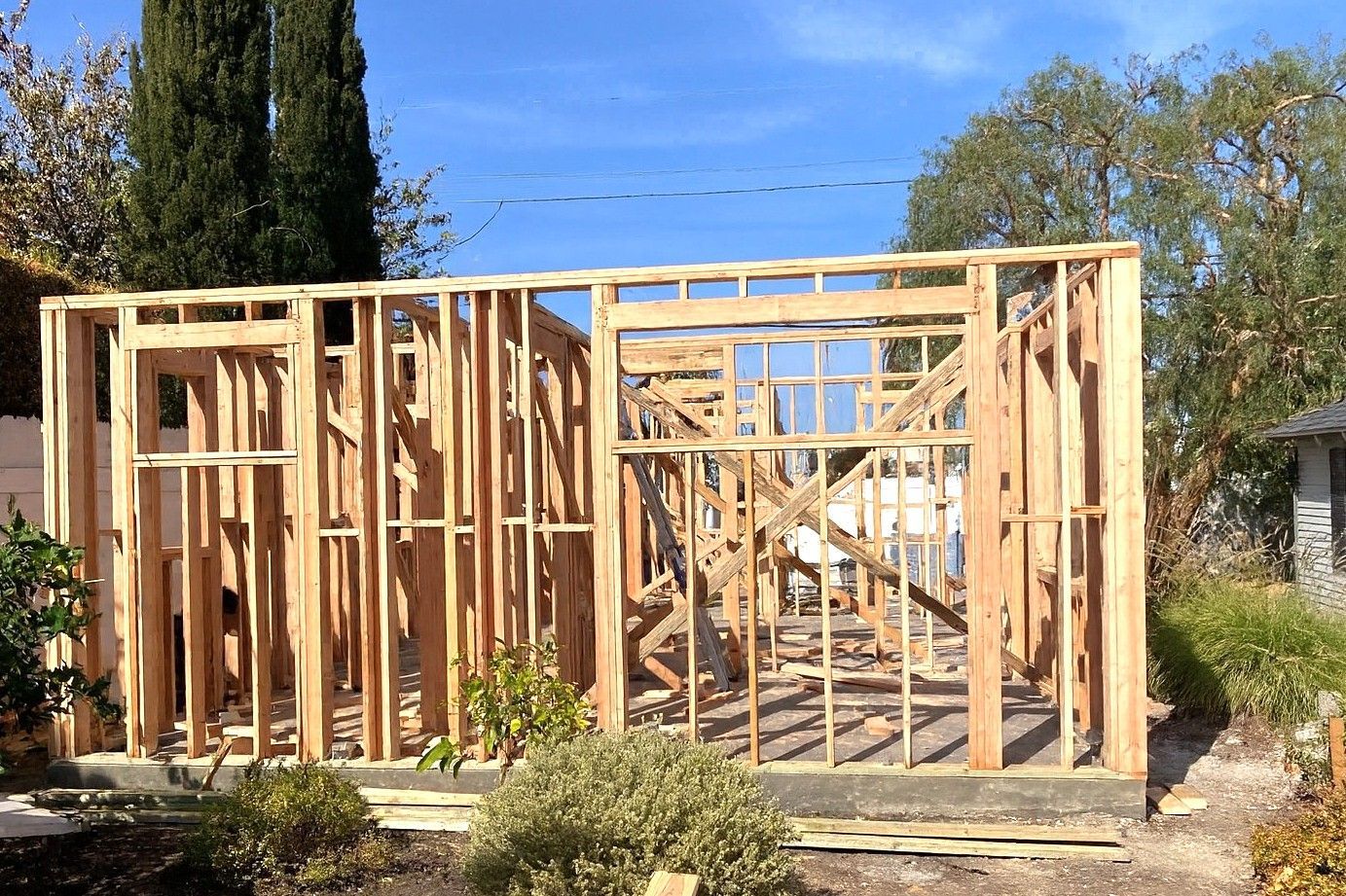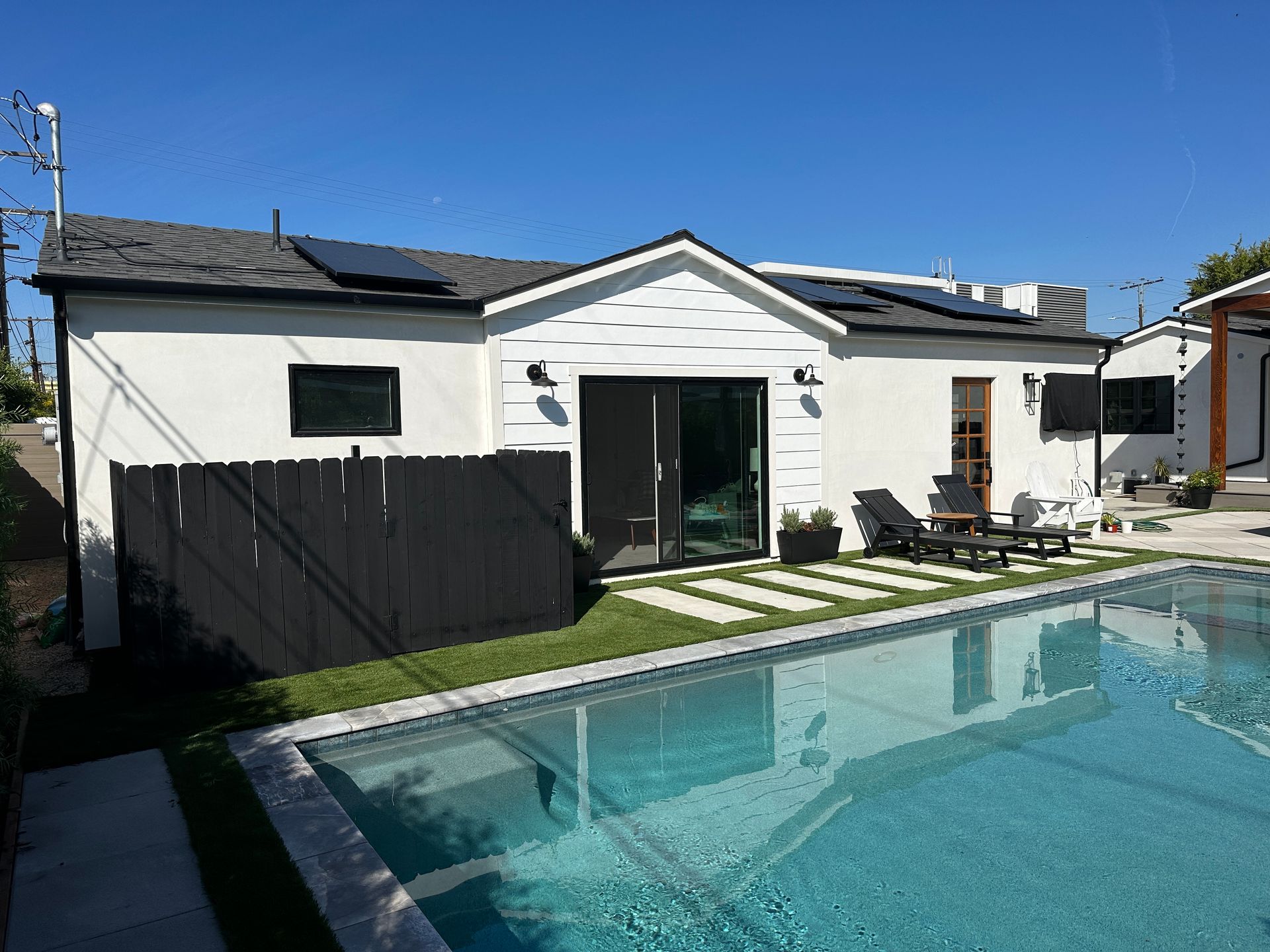How to Finance An ADU
August 12, 2025
A Builder’s Guide to Budgeting, Costs, and Loan Options

Financing an ADU in Southern California isn’t just about finding the right loan—it’s about making sure your funding covers the full scope of your project. Whether you’re building to generate rental income or create space for family, your loan needs to match the real cost of building an ADU in Los Angeles or Orange County.
As a design-build firm, we’ve seen homeowners run into financing trouble because they underestimated their all-in cost. They locked in a loan early, only to discover later it didn’t cover site work, permits, or utility upgrades. The result? Stress, delays, and extra out-of-pocket expenses.
That’s why we put together this guide—from a builder’s perspective—to help you budget accurately, understand your financing options, and make sure your loan supports your ADU project from start to finish.
Start With a Complete Budget
The first step in financing an ADU is knowing exactly what it will cost. That means looking beyond just construction numbers and accounting for every phase of the project:
- Site Work – grading, drainage, foundation prep
- Utility Connections – water, sewer, electrical, gas
- Permits & Fees – varies by city in LA and OC
- Design & Engineering – architectural plans, structural calculations, Title 24
- Interior Finishes – flooring, cabinetry, fixtures, appliances
- Contingency – 10–15% for surprises like soil conditions or code changes
Your ADU design should be tailored to your budget—not the other way around. This is why we start every project with a feasibility study that maps out costs before you approach a lender. You can Get Started with your free feasibility report today.
Understanding the True Cost of an ADU
The total cost of your ADU includes both hard costs (materials, labor, construction) and soft costs (permits, design, utility upgrades).
Many homeowners only budget for the structure itself and are blindsided when additional requirements add $20,000–$50,000 to the project.
By working with a design-build team from day one, you can identify these costs early, adjust the design if needed, and approach financing with confidence.
ADU Financing Options in Southern California
Once you know your budget, you can choose a financing path that works for you:
- Home Equity Line of Credit (HELOC) – Flexible and quick to access, but rates can vary.
- Cash-Out Refinance – Good for locking in a fixed rate, but replaces your current mortgage.
- Renovation Loans (Fannie Mae Homestyle, FHA 203k) – Based on the future value of your home after the ADU is built; can help if you want to use projected rental income for qualification.
- Construction Loans – Designed for ground-up builds; often convert into a permanent mortgage after completion.
- Private Lenders & Credit Unions – More flexibility for unique properties or credit situations, though sometimes at higher rates.
Designing With Financing in Mind
Your ADU’s design will directly influence both cost and loan approval. A lender will look at the total project value, so you want a design that aligns with your use or investment goals without exceeding your budget.
At ADU Homes, our in-house design team works hand in hand with our construction and permitting team to:
- Maximize space efficiently without unnecessary square footage
- Select materials that balance style, durability, and budget
- Ensure every plan is fully code-compliant from day one
- Use value engineering to keep the project within financing limits without sacrificing quality
This integrated approach means fewer redesigns, faster permitting, and a smoother financing process.
Below are the most common loan products we see homeowners using for their ADU projects in Los Angeles and Orange County.
Home Equity Loan / HELOC
A home equity loan (or home equity line of credit, HELOC) is often the simplest way to finance an ADU. Current rates are higher than in the past, but this option is still popular because primary residences can often have up to 80–90% Loan-To-Value (LTV).
Example: If your home is appraised at $700,000 and your current mortgage is $400,000, you could access roughly $160,000 in credit (80% × $700K = $560K – $400K). With a HELOC, you can draw funds as needed and only pay interest on what you use.
Fixed Rate Second Loan
If you want to keep your existing low-rate mortgage, a fixed rate second position loan could be a strong choice. This newer loan product is based on your home’s after-renovation value, meaning no refinancing of your current loan is required.
- Terms up to 20 years
- No “draws” like a construction loan—you get the full loan amount upfront
- After the ADU is completed, an appraiser issues a certificate of completion
Construction Loan
For homeowners without much equity, a construction loan can cover building costs and later roll into an adjustable-rate mortgage (ARM).
- Interest-only payments during construction
- Interest begins only when funds are drawn
- Available for both owner-occupied and rental properties
Renovation Loan (FHA 203k or Fannie Mae Homestyle)
These loans bundle your renovation (including ADUs) into your mortgage. The Fannie Mae Homestyle allows detached ADUs, with a conforming limit of $806,500 in Los Angeles and Orange County.
- May be based on future property value after the ADU is built
- Up to 95% financing for a primary residence, 85% for an investment property
- Can be combined with a purchase loan for buying and improving a property
Final Thoughts: Budget Before You Borrow
Financing an ADU is smoother—and far less stressful—when you start with accurate numbers. By understanding your all-in cost, choosing the right loan, and designing within your budget, you’ll set your project up for success.
Next Step: Get your Free ADU Feasibility Report from ADU Homes. You’ll receive a site analysis, cost breakdown, and timeline—everything you need to approach lenders with confidence.
📞 Call us at (323) 484-2433 Or click here to Get Started
ADU Financing FAQs
Q: Can I use projected rental income from my ADU to help qualify for a loan?
Yes. Many lenders, especially with renovation loans, will allow you to use estimated rental income as part of your debt-to-income ratio when applying.
Q: How much should I set aside for hidden costs?
We recommend budgeting an extra 10–15% of your total project cost for contingencies like soil remediation, utility upgrades, or plan revisions.
Q: How long does it take to secure ADU financing?
Most loans in Los Angeles and Orange County take between 30–60 days to approve, depending on the lender and whether an appraisal is needed.
Q: What’s the biggest financing mistake homeowners make?
Locking in a loan before getting a full, builder-verified cost estimate. This can lead to funding shortfalls and project delays.
Q: Do design changes during construction affect my loan?
Yes. Major design changes can increase costs, which may require lender approval for additional funds. That’s why we align design with budget from the very beginning.




